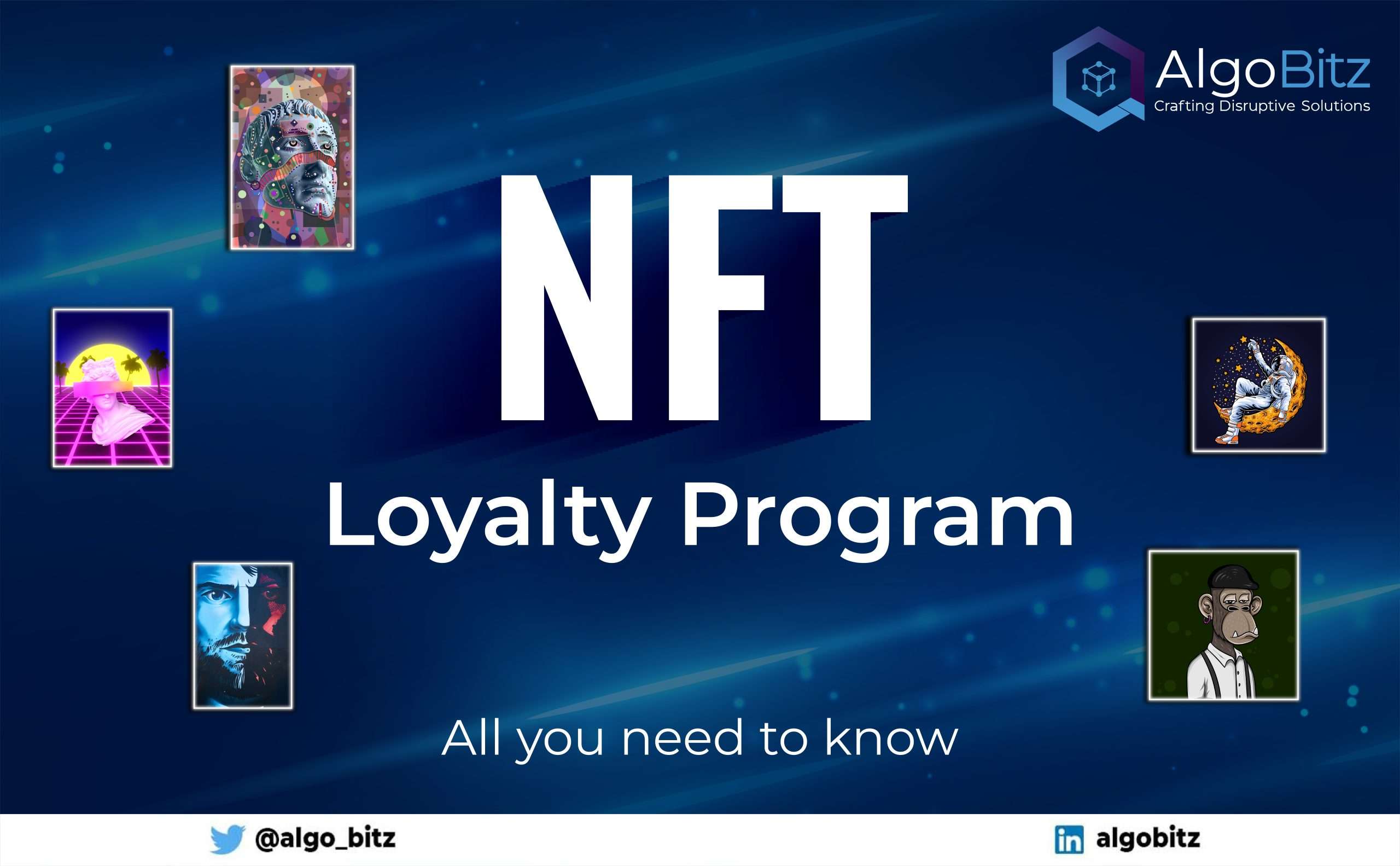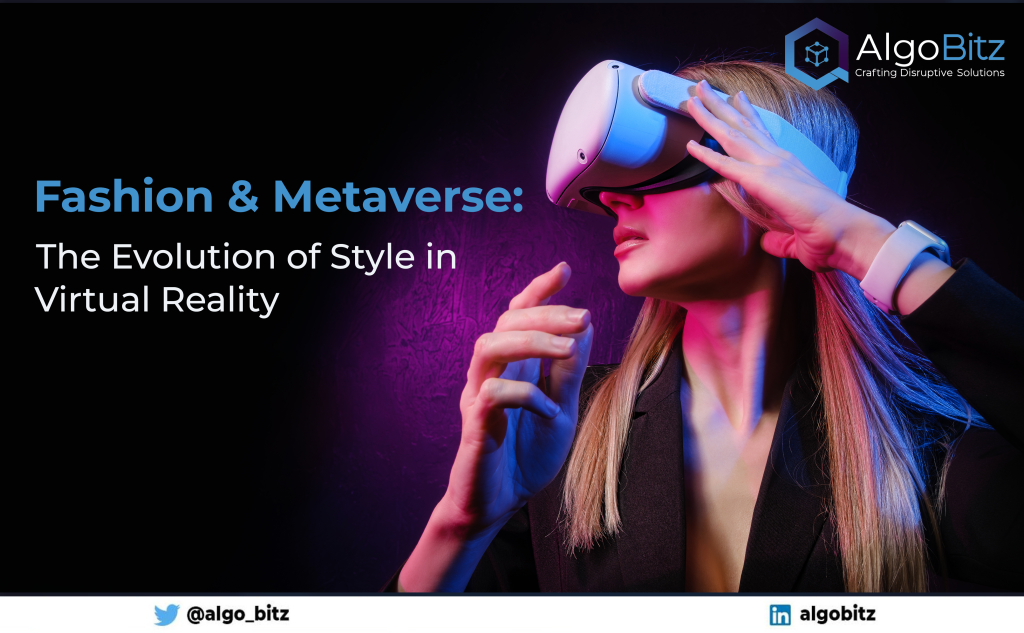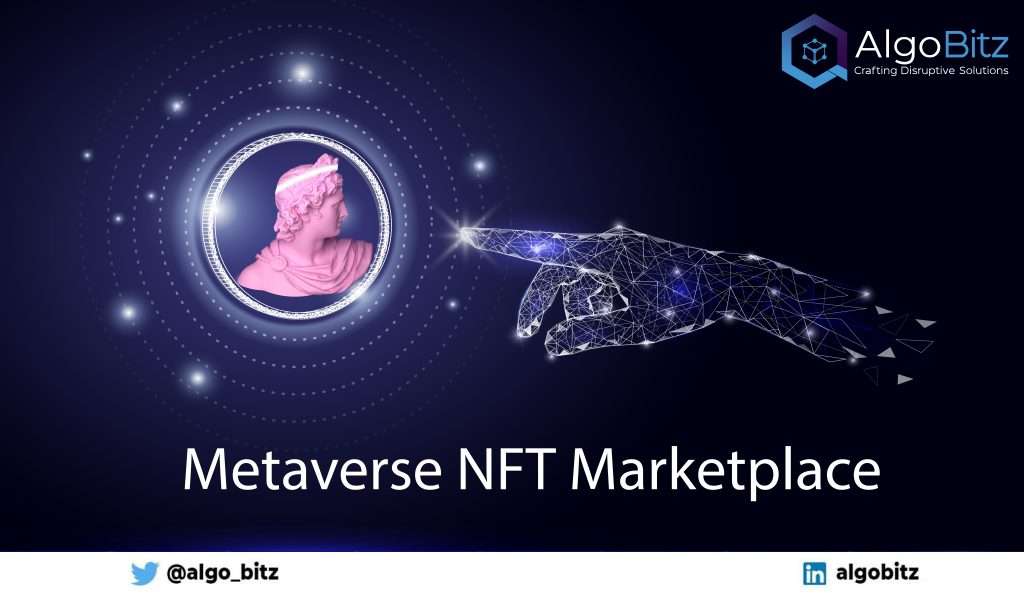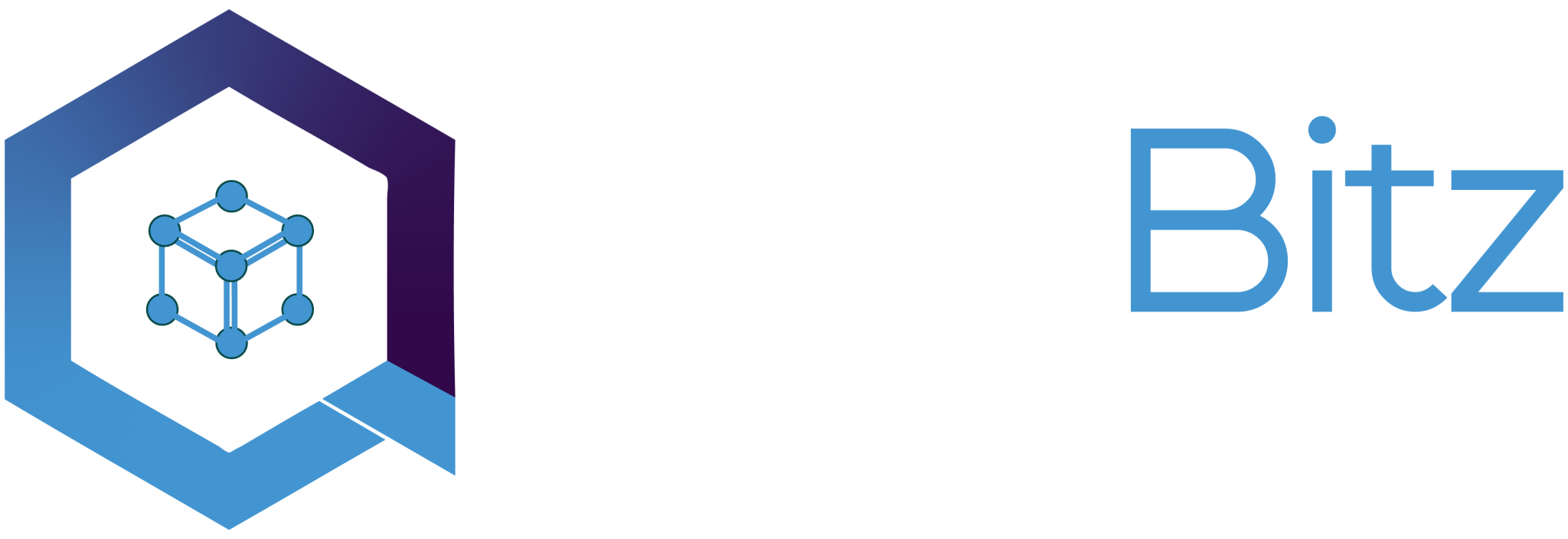Non-fungible tokens, or NFTs, have essentially infiltrated every sector of the internet, and become the center of interest for each company eager to invest in the Web3 domain. Businesses have adopted this cutting-edge technology by incorporating NFTs into their reward schemes. The NFT Loyalty Program offers a distinctive method to businesses for locating the most committed and motivated users to spend money on their brand, in contrast to conventional rewards programs. But how do NFTs actually affect your loyalty programs? And how is an NFT loyalty program more appealing? Let’s learn more!
How does an NFT Loyalty Program work?
More companies are moving away from conventional customer loyalty programs because of changing habits of consumers and the drive for digital transformation. The most recent development is the adoption of new digital rewards, like non-fungible tokens (NFTs) in an NFT Loyalty Program. NFTs leverage blockchain technology to give businesses a method to reward their consumers for improving their ranking in the loyalty program. Additionally, they can recognize the worth of the asset they get as a reward, which can later be traded on NFT marketplaces. As consumers continue to grow their loyalty status, they will associate more with that brand. On the contrary, businesses may benefit by taking a commission or percentage from each trading transaction.
Some highlighted examples of NFT Loyalty Programs
Starbucks:
Starbucks, the global coffee giant, introduced its Odyssey program in September. Here, members engage in interesting tasks or interactive games. It tests their knowledge about Starbucks and coffee to reward them with NFTs. They can also buy exclusive NFTs through an integrated marketplace within the Odyssey app. This program just requires a credit card and no need for a crypto wallet or any cryptocurrency. Each valuable digital stamp is given a point value depending on its rarity. Members may buy or sell them, and a blockchain verifies ownership. Their points accumulate as they gather these stamps through the program. It gives them access to perks, like access to merchandise or collaboration, and experiences like a virtual espresso martini workshop. Additionally, members may also receive invitations to special events at locations like Starbucks Reserve Roasteries or even a tour of the Starbucks Hacienda Alsacia coffee plantation in Costa Rica.
Hang:
The goal of Hang, a brand-new B2B startup funded by Kevin Durant, Warby Parker, and Allbirds, is to assist some of the biggest companies in the world in upgrading their traditional loyalty programs with NFTs. Budweiser, Pinkberry, Bleacher Report, and music festival groups Superfly and Bonnaroo are just a few of its early clients for NFT Loyalty Programs. In an interview with CNBC, Hang co-founder and CEO Matt Smolin said, “For most brands at a certain scale, it’s pretty hard to offset increasing customer acquisition costs”. He also added that the best way to achieve that is by increasing the lifetime value of their user base and increasing loyalty. This is often done through a tier-based rewards system in which the more a user buys something or connects with a certain brand, the more rewards they get.
Advantages of NFT Loyalty Programs
Most users in Southeast Asia are pretty young and NFT-savvy. As consumers, they view NFTs as an asset class in which they can invest and profit, unlike other assets like real estate and equities, which are out of reach for people without bank accounts. Brands must identify these customers for their NFT Loyalty Program and establish virtual areas to boost customer interaction, satisfaction, and loyalty.
Any brand can use NFT Loyalty Program and its benefits to connect with new consumers. When we compare NFTs to traditional reward methods, we found that NFTs offer a more compelling potential for consumers. NFT loyalty rewards make them realize that a brand is offering them an asset with long-term value. Brands may further incentivize the users by offering lower-level, free NFTs that can be merged into higher-level, costlier NFTs later. In this way, they can provide more incentives to their user base.
Conclusion
Businesses are using NFT incentives under their NFT Loyalty Programs as more customers adopt blockchain technology. But marketers must recognize the ROI and how the value exchange works. Users can treat NFTs as a special key to get exclusive access to a brand’s privileges and incentives. Almost 57% of Gen Z sense the need to communicate more freely in the metaverse than in actual life. So, these programs are a new approach to engaging with such a group of customers. The foundation of an NFT Loyalty Program is utility value. By offering discounts, exclusive events, limited-edition product releases, and giveaways, NFT rewards can mainstream firms to expand their businesses.
Are you a Web2 brand interested in pursuing an NFT loyalty program and commercializing the Web3 experience for your customers? So, let’s discuss this further.
Algobitz is a global Blockchain consulting and solution provider corporation. We offer end-to-end development and digital transformation service in the domain of Web3, blockchain technology, metaverse, and NFTs. Build your NFT marketplace with our ready-to-deploy solutions and ensure a quick launch. Focusing on user interface and global NFT trading, our solutions deliver comprehensive NFT Marketplace development services. They include NFT Whitelisting solutions, Real Asset Tokenization, and Generative Art NFT in a single package. Our convenient solutions will greatly improve your performance and time-to-market. If you have a project in mind, get in touch with us right now and enjoy price incentives!
For more information:
Email: [email protected]
LinkedIn: https://www.linkedin.com/company/algobitz/
Twitter: https://twitter.com/algo_bitz
